Safari -
Customizing Safari

Safari
Customizing Safari


/en/safari/browsing-in-safari/content/
If you want your browser to feel more personal and unique, it's easy to customize Safari. In this lesson, we'll talk about the different ways you can modify Safari, including startup options and extensions.
Check out the video below to learn the basics of customizing Safari.
By default, Safari will show the Favorites page whenever you start the browser. If you'd like to see a specific website each time you open your browser, like a news site or weather forecast, you can set that site as your homepage.
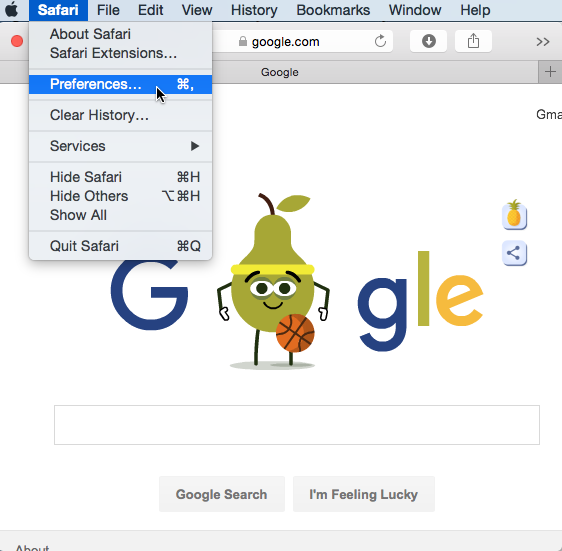
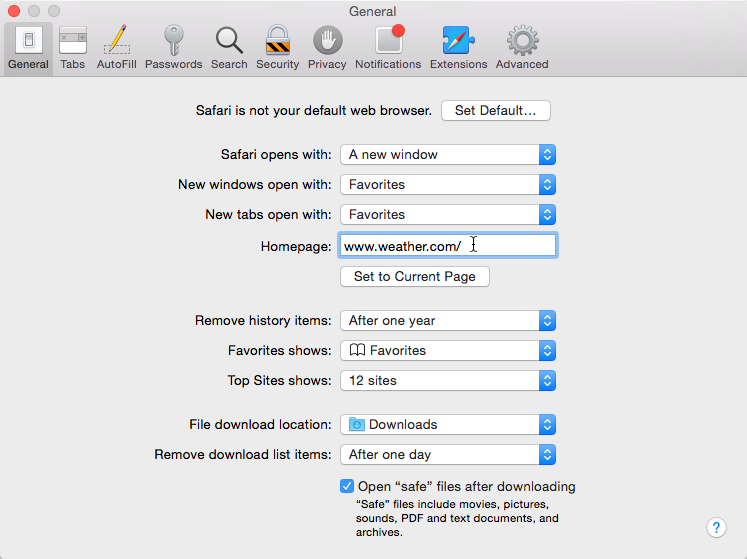


If you want to use Safari as your only web browser, you can set it as the default browser on your computer. If you click a link in another program on your computer, like an email client, it will open in Safari.

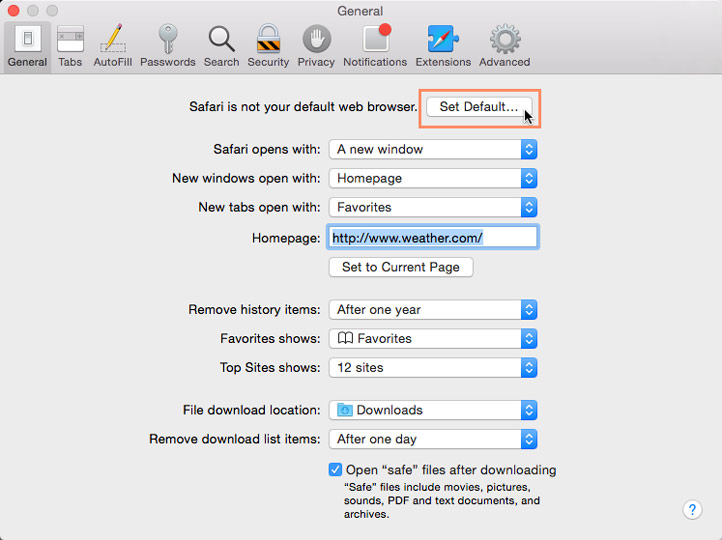
By default, Safari condenses website addresses in the Smart Search field, showing you only the domain name. If you would rather view the full address of the website, Safari allows you do to so.


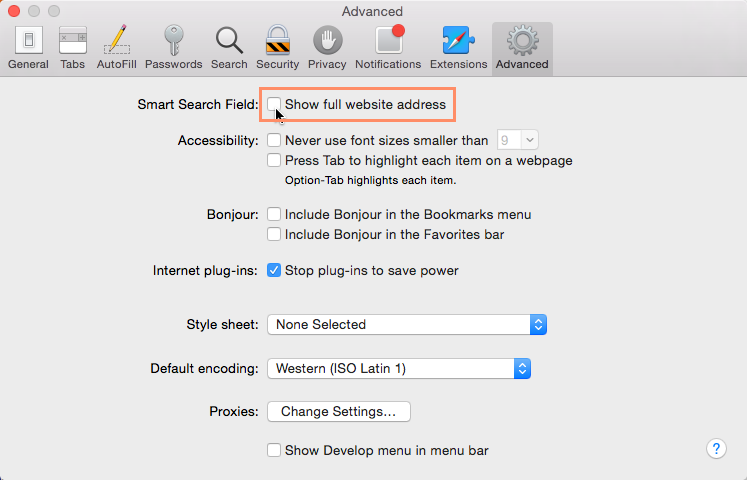
Extensions can add additional features to the browser. For example, they can block advertisements and share a page with your social network.


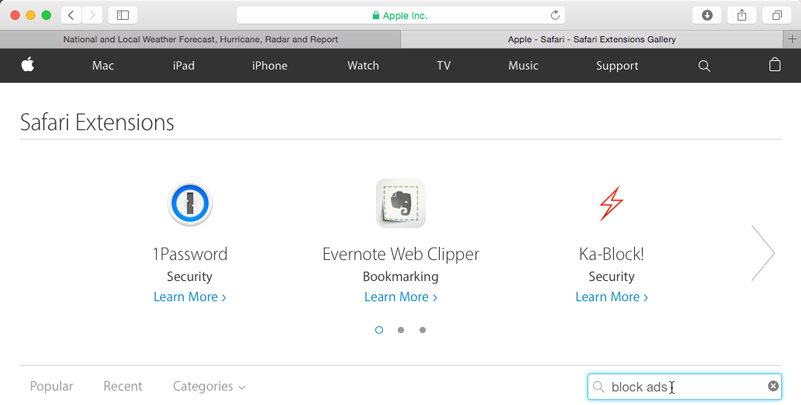
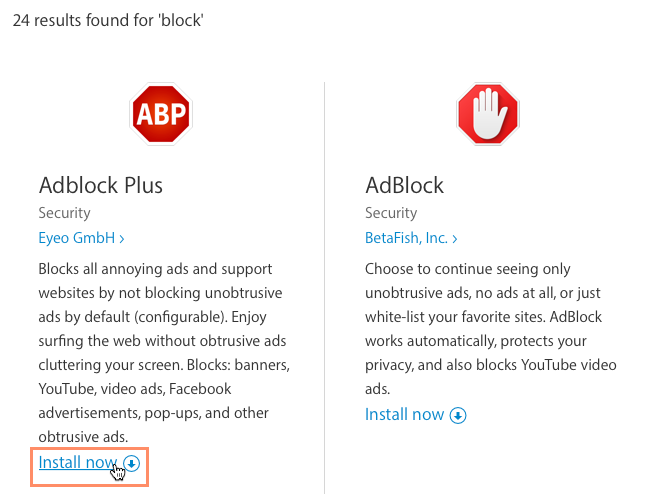
It's important to note that extensions are not necessarily created or approved by Safari. Many are created by third-party providers or even individual users, so they may not always be safe to install.
If you don't want to keep an extension, the Extensions tab in Preferences allows you to disable and even remove your extensions from Safari.



/en/safari/bookmarking-in-safari/content/